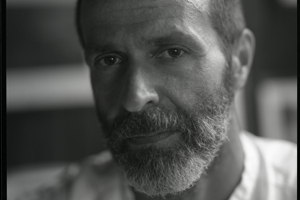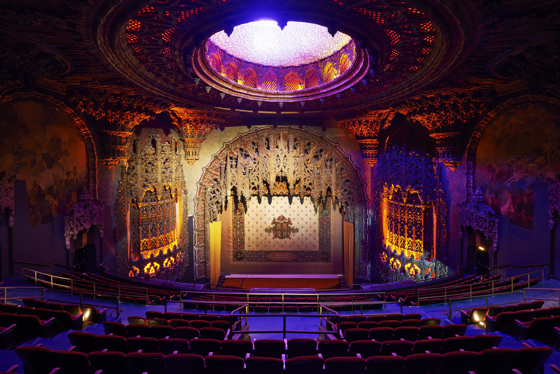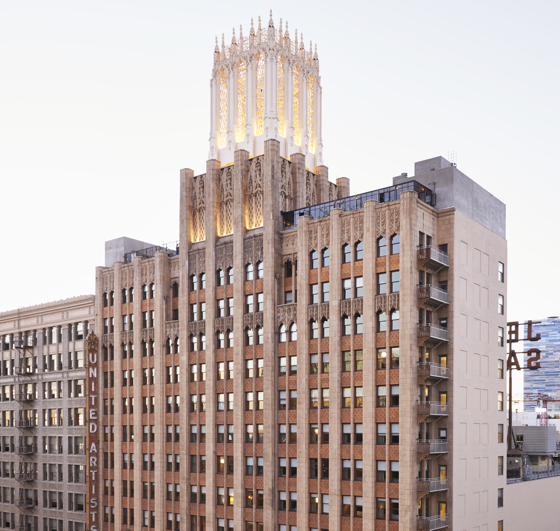
Ace Hotel Downtown Los Angeles, the 182-key property that opened this past January in the city’s famed United Artists building, is like all of Ace Hotel’s quirky boutique hotels in that its location is quite distinctive. Los Angeles-based Commune, which worked with Atelier Ace on interior design while Los Angeles-based Killefer Flammang Architects served as lead architect, had as a canvas Los Angeles’ famed United Artists building — a Spanish Gothic structure that dates back to 1927 and once was the workplace of Hollywood luminaries including Mary Pickford and Charlie Chaplin. Also noteworthy is the hotel’s location in downtown Los Angeles, which has enjoyed new development over the last decade.
HOTELS asked Roman Alonso, co-founder and principal of Commune, about the inspiration for the design of the hotel — which also is highlighted in the September print edition of HOTELS — as well as what he hopes guests will remember most about the property.
HOTELS: What design direction did you receive for Ace Hotel Downtown Los Angeles, and what was your vision for the property at the beginning?
Roman Alonso: As with all Ace Hotel projects, the primary source of inspiration was the site itself and its location, Los Angeles. Ace very much wanted the hotel to be “by L.A., for L.A.” and a reaction to the architectural style and history of the site.
Inspiration was drawn from the year of the site’s original construction, 1927, and what was happening in terms of design and architecture in California at the time — the Gothic excesses of Hollywood, the rise of Modernism, the “anything goes” attitude and irreverence of the Wild West.
HOTELS: How would you describe the hotel’s overall design aesthetic?
Alonso: Spanish Gothic meets Early Modernist meets L.A. punks.
HOTELS: What are one or two specific ways the design merges the building’s quirks with what the Ace brand demanded?
Alonso: The Theatre is a historic site we viewed with awe and had a great desire to save and do the right thing with. That was a careful edit and restoration with an added measure of Ace added to the mix. Ultimately the theatre needed to feel like a creative vessel that was first and foremost open and democratic — a challenge in terms of your traditional “historic preservation project.” We couldn’t be fussy about it.

Alonso: The tower started with a massive demolition of its interiors, down to a concrete bunker, with its crazy, ornate Gothic façade. The challenges in the tower were mostly functional — how to turn an office tower built in 1927 and left almost untouched for nearly a century into a fully functioning contemporary hotel and how to maneuver mechanical and city code requirements and create a unique, beautiful, honest interior design was a big challenge.

HOTELS: What is the main impression you hope hotel guests will take away from the design of Ace Hotel Downtown Los Angeles?
Alonso: That it is a hotel designed and handcrafted in L.A. by L.A. Ace and Commune made a big effort to keep the project local. About 80% of what’s found in the interiors was fabricated in our state, with a detour to Mexico, which we still considered California.
Also, that these are highly personal and custom designed spaces, that everything is collected and handcrafted and considered not only because of its aesthetic value but because of its story.
